![]()
![]()
![]()
Use LEFT and RIGHT arrow keys to navigate between flashcards;
Use UP and DOWN arrow keys to flip the card;
H to show hint;
A reads text to speech;
55 Cards in this Set
- Front
- Back
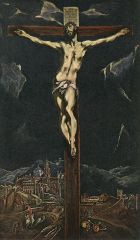
|
El Greco- Christ in Agony on the Cross
|
|
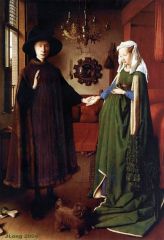
|
Jan_van_Eyck_Giovanni_Arnolfini_and_his_Bride
|
|
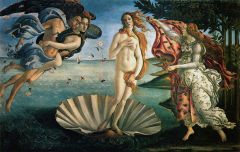
|
Botticelli
• Birth of Venus |
|
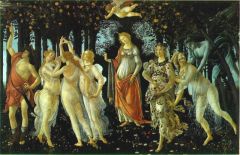
|
Botticelli
Primavera |
|
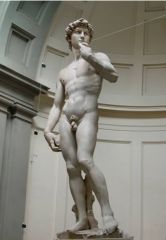
|
Michelangelo
David |
|

|
Michelangelo
• Fall from Grace |
|
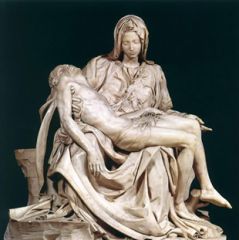
|
Michelangelo
Pieta |
|
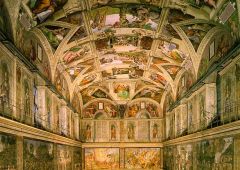
|
Michelangelo
Sistine Chapel |
|
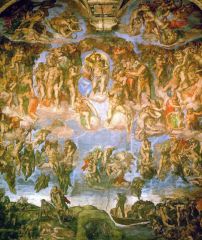
|
Michelangelo
Last Judgment |
|
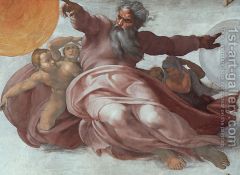
|
Michelangelo
Creation of Heavens |
|
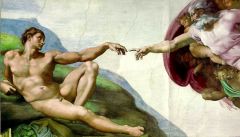
|
Michelangelo
Creation of Man |
|
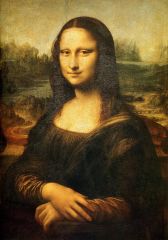
|
Leonardo da Vinci
Mona Lisa |
|
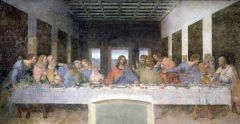
|
Leonardo da Vinci
The Last Supper |
|

|
Leonardo da Vinci
Virgin of the Rocks |
|
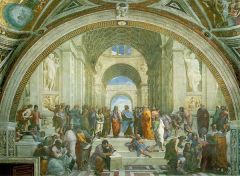
|
Rafael
• School of Athens |
|

|
Rafael
• Julius II |
|
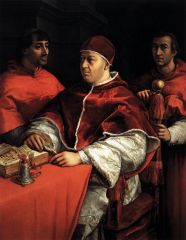
|
Rafael
• Pope Leo X with Cardinal Guilio de Medici |
|
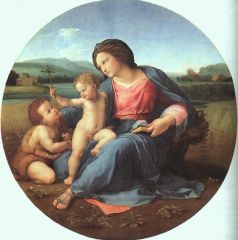
|
Rafael
• Alba Madonna |
|
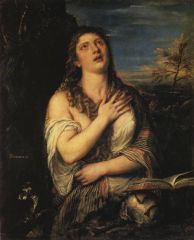
|
Titian
• The Penitent Mary Magdalene |
|
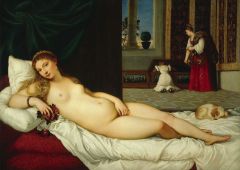
|
Titian
• Venus of Urbino |
|

|
Bruegel
• Tower of Babel |
|
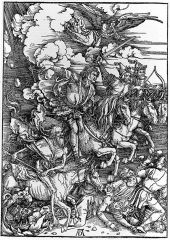
|
Durer
• The Four Horsemen of the Apocalypse |
|
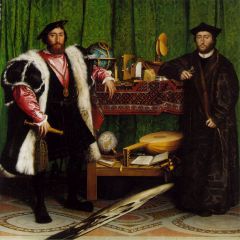
|
Holbein
• The Ambassadors |
|
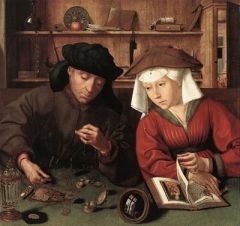
|
Massys
• The Moneylender with his Wife |
|
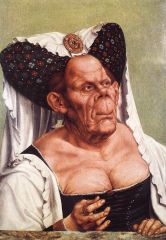
|
Massys
• The Ugly Dutchess |
|

|
Masaccio
• The Trinity |
|

|
Masaccio
• Expulsion from the Garden |
|
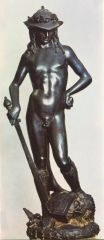
|
Donatello
• David |
|

|
Donatello
• St. George |
|
|
CRISIS AND DISINTEGRATION IN THE 14th CENTURY
A. Black Death: Cause and Consequences |
Famine- decimated pop
weather- little ice age Bubonic- rats- fleas Pneumonic- airborne Septicemic- mosquitos Outcome- Art, Death, Anti Semitism (Jews), people went crazy, people died, loss of trade |
|
|
CRISIS AND DISINTEGRATION IN THE 14th CENTURY
B. Social Turmoil after plague |
Many dead, fascination with death- art
brain drain- untapped potential labor shortages- raise in price of labor Jacquerie- revolt burned castles, nobles murdered poll taxes were imposed on adults to fight back legislation which sparked rebellion lead by Wat Tyler and John Ball Compi (wool workers riot) |
|
|
CRISIS AND DISINTEGRATION IN THE 14th CENTURY
C. Late Medieval Inventions |
1. The clock
2. Eyeglasses (lens grinders) 3. Cotton paper 4. Gunpowder and Cannons (from China) 5. Cannons 6. Printing Press |
|
|
CRISIS AND DISINTEGRATION IN THE 14th CENTURY
D. Economy and Society |
social changes-
three estates, Clergy- Nobles (clergy sons of nobles)- peasants/townspeople Nobility- in The Book of the Courtier tells how to be a proper noble -character, military prowess, and liberal arts education -decline of serfdom -increase in slavery city- prostitution regulated- confined areas Family life changes -nuclear family, core unit, male dominant, women passive, parents closer to children, arranged marriages |
|
|
The Book of the Courtier
|
Castiglione
|
|
|
E. Hundred Years' War: Causes/Outcome
|
Causes
-controversy over succession, Phillip of Valois king as cousin but Edward III of England mother was daughter of Philip IV says he is king which deteriorates relations -Flanders- wool industry cut out by french -Fr. Land (Dutchy of Gascony taken by French by force Battles -Sluys- Failed naval attack by Fr. -Crecy-Eng. high ground- long bow takes out calvary and crossbows, rained a lot muddy hil -Portiers- Fr. king John II captured -Agincourt- 1500 fr. nobles killed Result -lack of direct male heir, debt/bankruptcy due to mercenaries and taxs, Decline of Monarchial power,In England- rise of parliament, justices, divided nobility, In France- lack of unity, taxation, insane king Charles Vi |
|
|
warrior pope
|
Julius II
|
|
|
the spider
|
Louis XI
|
|
|
John Wycliff's followers
|
Lollards
|
|
|
Italian Whool workers
|
Flanders
|
|
|
Killed by the Council of Constance who granted safe passage
|
John Hus
|
|
|
Oration on the Dignity of Man-
|
Mirandolla
|
|
|
parliament of the kingdom of Castile
|
The Cortes
|
|
|
Burned at his own fire- against church
|
E. Savonarola
|
|
|
5. Machiavelli's national security and order
|
6. Raison d’état (reason of the state
|
|
|
Ren. movement of...
|
Individual, secularism, and humanism
|
|
|
those who saw things outside of the box
|
Humanists
|
|
|
Predecessor to humanism
|
Dante
|
|
|
Father of Italian Renaissance
|
Petrarch
|
|
|
wrote the Decameron- influenced Chaucer's canterbury tales
|
Boccacio
|
|
|
b. The Oration on the Dignity of Man
|
Mirandola
|
|
|
a. The Divine Comedy
|
1. Dante
|
|
|
religion that disagreed with Luther over Eucharist- spread over switzerland
|
Zwingli
|
|
|
believed in the separation of church and state- religion baptism later
|
Anabaptists
|
|
|
Most successful reformer-
|
Calvin
|
|
|
The Instutes of Religion- book
|
Calvin
|

